 On the 27th, the Indian Ministry of Defense announced that India has officially launched the development project for its indigenous stealth fighter, which means that after years of indecision between self-research and importing stealth fighters, India has finally made a choice. Interestingly, based on the latest exposed model of the Indian indigenous stealth fighter, the layout of twin-engine medium thrust + DSI air inlet is thought-provoking.
On the 27th, the Indian Ministry of Defense announced that India has officially launched the development project for its indigenous stealth fighter, which means that after years of indecision between self-research and importing stealth fighters, India has finally made a choice. Interestingly, based on the latest exposed model of the Indian indigenous stealth fighter, the layout of twin-engine medium thrust + DSI air inlet is thought-provoking.

Unreliable US and Russia: India “Forced” to Develop Its Own Stealth Fighter

▎In the face of the formidable performance of Pakistan’s J-10CE, India seems to hope to achieve a “curve overtaking” by accelerating the development of stealth fighters.
According to a report by Reuters on the 27th, Indian Defense Minister Singh has approved a framework plan for the construction of an Advanced Medium Combat Aircraft (AMCA). The Aeronautical Development Agency (ADA), responsible for executing this plan, will soon invite defense companies with preliminary intentions to discuss the development of the aircraft prototype, which is expected to be a twin-engine fifth-generation fighter.
The AMCA integrates cutting-edge technologies such as advanced sensors, internal weapons bays, avionics, and supersonic cruise capability. “If officially commissioned, it will significantly enhance India’s air superiority.”
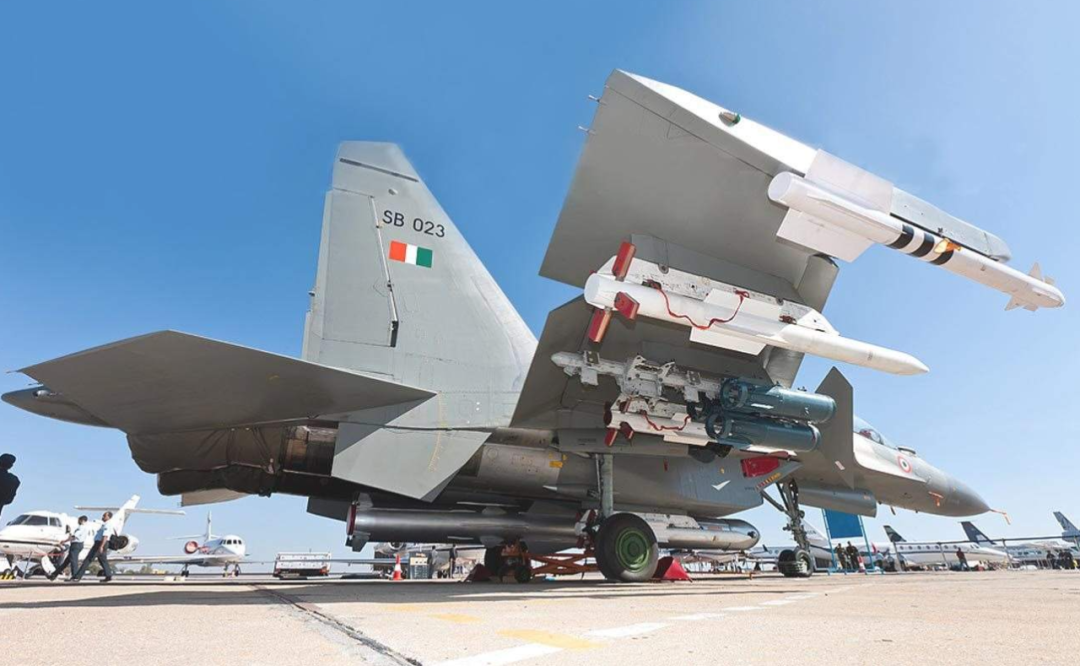 ▎Theoretically, the imperfect yet integrated Su-30MKI fighter is quite suitable as an “enlightener” for India to master modern fighter design capabilities.
▎Theoretically, the imperfect yet integrated Su-30MKI fighter is quite suitable as an “enlightener” for India to master modern fighter design capabilities.
In 2010, India and Russia explicitly agreed in a new agreement to emulate the successful cooperation experience of the Su-30MKI fighter, each investing $6 billion to establish a joint venture to develop a stealth fighter. India was responsible for production and would also undertake part of the development work. At that time, the Indian Air Force excitedly announced that this stealth fighter would replace the MiG-29, “Tiger” and “Mirage-2000”, becoming the absolute air power of the Indian Air Force in the new century.
 ▎Some Russian military experts believe that if India had replaced the “Rafale” with the Su-57 in the “5.7 Air Combat”, the outcome would have been very different.
▎Some Russian military experts believe that if India had replaced the “Rafale” with the Su-57 in the “5.7 Air Combat”, the outcome would have been very different.
However, the development progress of the T-50 is far behind schedule, originally planned for its first flight in 2007, but it was not completed until 2010. In 2014, the Indian Air Force began to express concerns about the performance, cost, and progress of this fighter. According to Indian media, the stealth fighter developed by Russia does not meet India’s requirements, and the Russian side is also unwilling to heed India’s technical suggestions, even refusing to share core technologies, leading to a parting of ways in 2018.
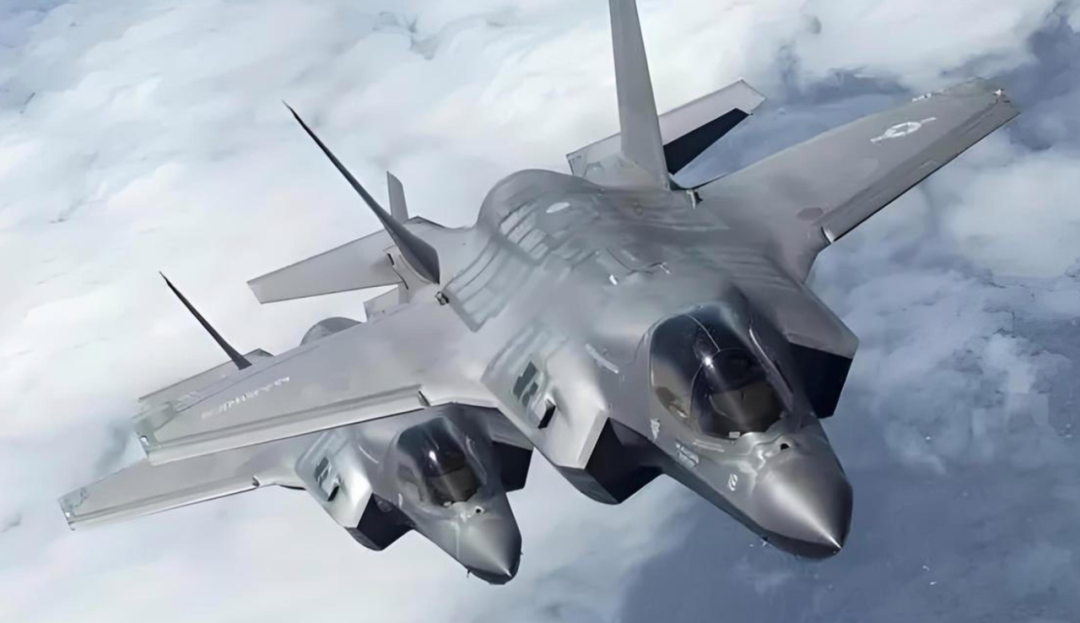 ▎India has never had the conditions to acquire the F-35 fighter, but in the future, it may consider introducing second-hand or “whiteboard” F-35 fighters.
▎India has never had the conditions to acquire the F-35 fighter, but in the future, it may consider introducing second-hand or “whiteboard” F-35 fighters.
Subsequently, as India and the US grew closer, India also attempted to discuss the possibility of introducing the F-35 stealth fighter with the US, but it was not until February 2025 that the Trump administration in the US gave the green light for the export of F-35 fighters to India. Unfortunately, the current backlog of F-35 delivery orders is severe, and India is not a participant in the F-35 program, so even if both sides eventually reach a procurement agreement, the actual delivery time may still be many years later.
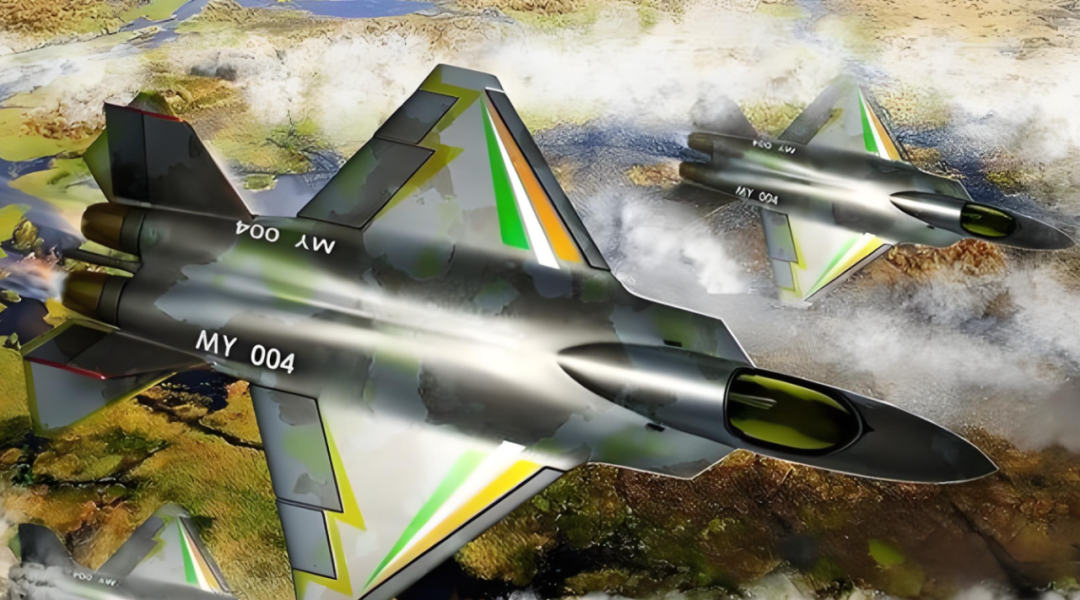 ▎The AMCA project has been trying to absorb the experiences of various stealth fighters around the world, but its most suitable teacher is likely the opponent it can never surpass.
▎The AMCA project has been trying to absorb the experiences of various stealth fighters around the world, but its most suitable teacher is likely the opponent it can never surpass.
In the face of obstacles in purchasing, India has also been trying to develop stealth fighters independently. Almost simultaneously with the joint development of the fifth-generation fighter with Russia, India began to promote the AMCA project, aiming to develop a single-seat twin-engine stealth fighter weighing about 20 tons. However, the model of this project has been changing since it was unveiled at the 2009 Bangalore Airshow. In February of this year, India finally showcased the full-size model of the AMCA at the Bangalore Airshow, but little is known about its specific progress.

Is India’s AMCA Becoming More Like the J-35?

▎Instead of developing a stealth fighter from scratch, India might as well consider a stealth version of the LCA.
Military experts indicate that the development of modern fighters is a highly complex system engineering task. Only the United States, Russia, and China have the independent capability to develop stealth fighters, while South Korea and Turkey are also advancing their own “quasi-fifth-generation fighters”, but there are doubts about their actual performance. India’s aviation industry has relatively weak accumulation in the field of fighters, but it has the advantage of being able to relatively easily introduce overseas technology, which reduces the difficulty of development to some extent.
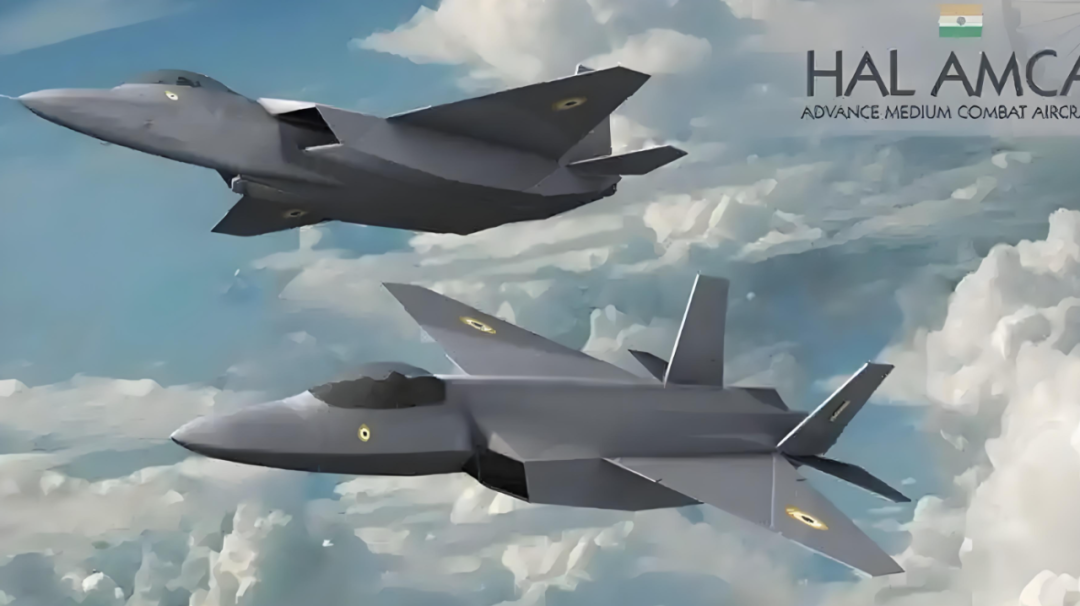 ▎India’s understanding of stealth fighters is quite rudimentary, as evidenced by the frequent changes in the design of the AMCA project.
▎India’s understanding of stealth fighters is quite rudimentary, as evidenced by the frequent changes in the design of the AMCA project.
For the AMCA project, India currently faces challenges in stealth design, core equipment selection, and integration of key avionics. The latest parameters announced at this year’s Bangalore Airshow show that the AMCA has a length of 18 meters, a wingspan of 11.13 meters, a height of 4.5 meters, a wing area of 55 square meters, a maximum takeoff weight of 25 tons, an external load of 5 tons, and a maximum flight speed of 1.8 Mach.
 ▎Before launching the AMCA project, the Indian Air Force needs to clarify what mission to assign to this aircraft, and this mission cannot undergo significant adjustments throughout the aircraft’s entire development cycle.
▎Before launching the AMCA project, the Indian Air Force needs to clarify what mission to assign to this aircraft, and this mission cannot undergo significant adjustments throughout the aircraft’s entire development cycle.
Although the AMCA model exhibited this time possesses typical stealth fighter characteristics, the British “Jane’s Defence Weekly” website mentioned that since the launch of the AMCA project, the design has been continuously modified, including significant changes to the wing shape, area, and internal weapon bay. Experts indicate that the reasons for this situation, apart from the unfamiliarity of India’s aviation industry with the characteristics of stealth fighters and the need for repeated testing, also suggest that the Indian Air Force’s positioning and performance requirements for the AMCA project may be changing.
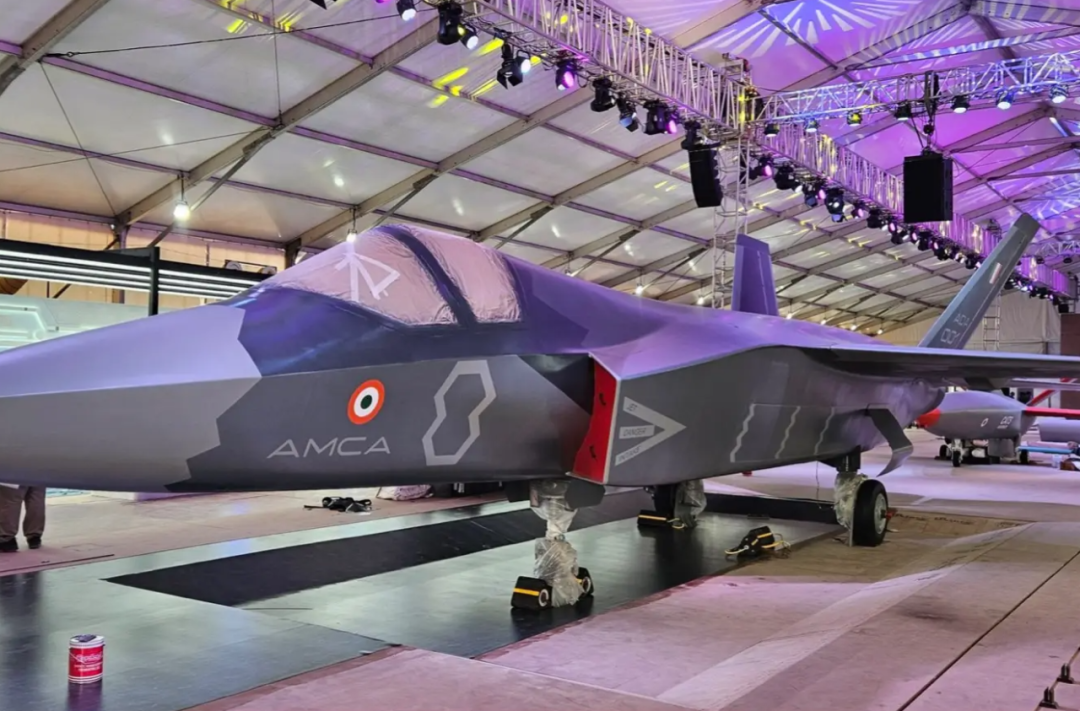 ▎DSI air inlets have become a “standard configuration” for many top fighters from the US and China, and India’s “blind following” is understandable.
▎DSI air inlets have become a “standard configuration” for many top fighters from the US and China, and India’s “blind following” is understandable.
However, this situation will directly affect the design finalization of the fighter, especially since stealth fighters need to balance aerodynamic shape design that meets combat requirements and radar stealth effects, often requiring repeated testing and adjustments in specialized wind tunnels and radar target scattering characteristic testing fields. For example, the latest AMCA model is equipped with DSI air inlets, which, despite appearing simple, actually requires high demands on aerodynamics and simulation calculations, and currently only a few countries have mastered this technology. Overall, India has limited accumulation in aerodynamic shape and stealth technology for advanced fighters, and may need to seek foreign assistance, which could lead to delays in progress.
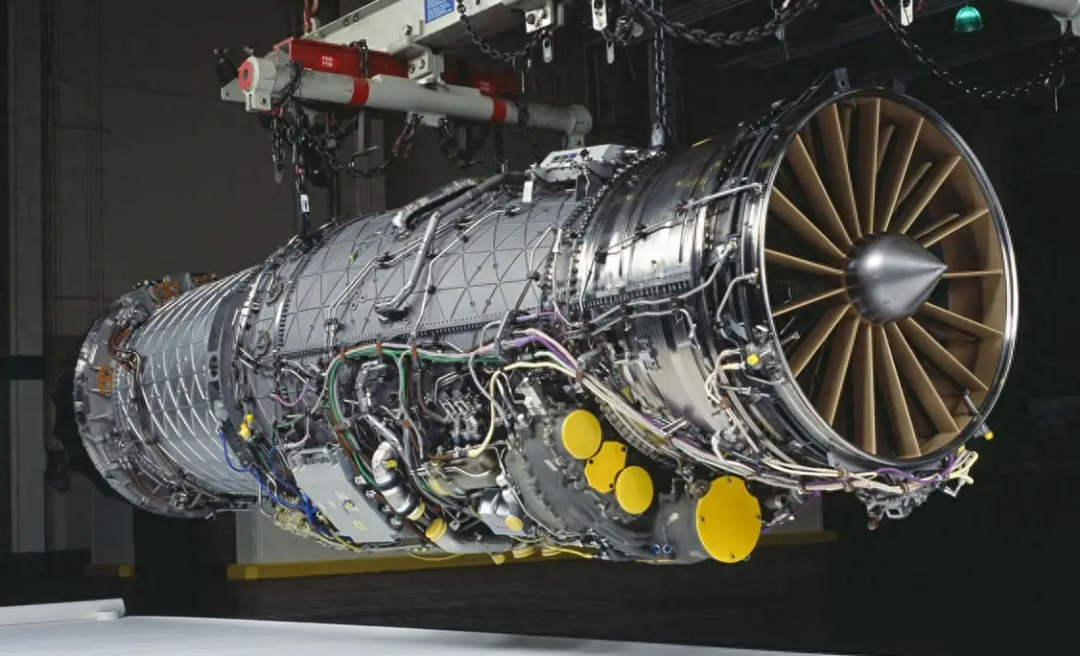 ▎From the current positioning of the AMCA project, the US-made F414-GE-400K engine is the best power solution available.
▎From the current positioning of the AMCA project, the US-made F414-GE-400K engine is the best power solution available.
According to existing information, the AMCA will extensively use composite materials and advanced sensors, and it has been confirmed that the early models will use two US-made F414-GE-400K engines, with later models switching to Indian-made engines. In terms of key avionics, the AMCA may be equipped with the GaN active phased array radar developed by the Indian Defense Research and Development Organization (DRDO), or it may introduce advanced foreign fire control radars. According to the Indian Air Force’s plan, the AMCA will be equipped with AI-assisted combat capabilities to more accurately perceive battlefield situations, assist pilot decision-making in complex combat environments, and collaborate with drones in combat.
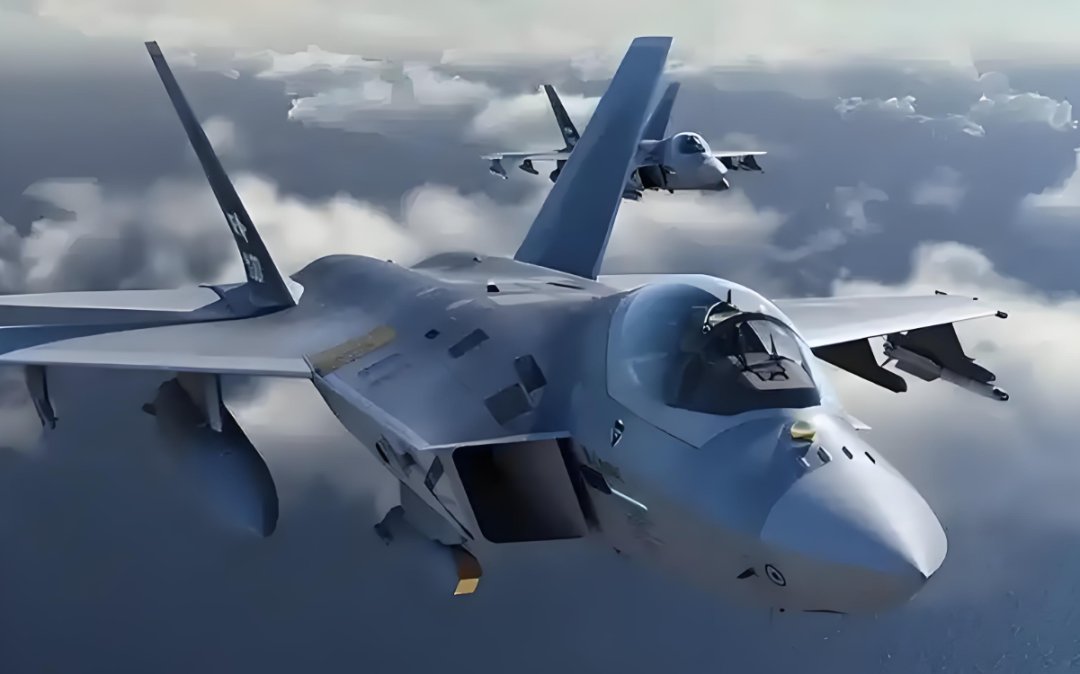 ▎Currently, for India, directly purchasing South Korea’s KF-21 fighter seems to be a much more reliable option than self-developing.
▎Currently, for India, directly purchasing South Korea’s KF-21 fighter seems to be a much more reliable option than self-developing.
The AMCA project has just started, and many technical details have not been disclosed, but based on the development experience of the South Korean KF-21 quasi-stealth fighter, with the support of advanced foreign technology, it is not impossible for India to manufacture a stealth fighter by integrating existing mature products such as engines, fire control systems, and onboard weapons.

What the Indian Air Force Lacks is More Than Just Stealth Fighters

▎There is almost no technical correlation between India’s indigenous “Tejas” fighter and the imported Su-30MKI, which is a huge waste. If India had absorbed the technology from the Su-30MKI and developed a single-engine fighter based on it, the result might have been much stronger than the current “Tejas”.
Even integrating mature shelf products poses significant challenges for India’s aviation industry. Based on India’s previous experiences in the development and evolution of fighters, whether it is the upgrade of the Su-30MKI fighter or the improvement of the Tejas MK1A fighter, India’s aviation industry does not have a strong capability to integrate advanced foreign technologies.
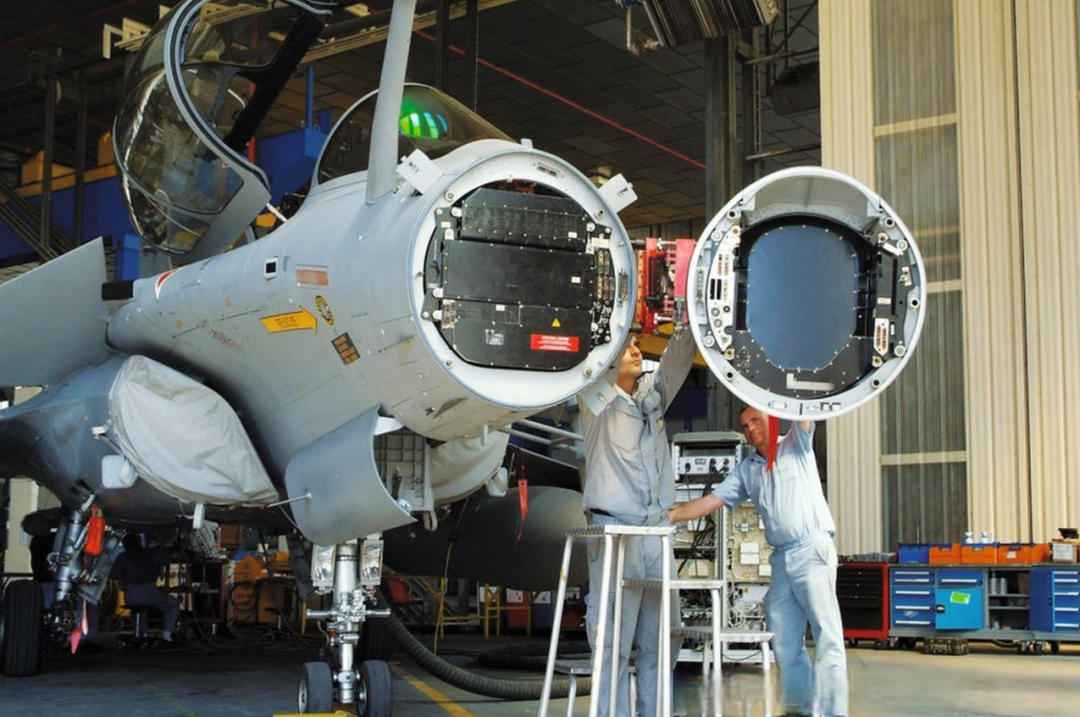 ▎France’s refusal to allow India to upgrade the “Rafale” is beneficial for both sides.
▎France’s refusal to allow India to upgrade the “Rafale” is beneficial for both sides.
Especially since relevant countries are usually unwilling to disclose the core codes of their equipment. For example, India recently expressed a desire to equip its indigenous “Astra” air-to-air missile on the French “Rafale” fighter, but subsequent integration faces significant difficulties.
Stealth fighters can repeatedly create high scores in simulated shoot-down records in air combat, not just relying on the capabilities of the stealth fighters themselves, but largely due to the widespread application of common data links, allowing stealth fighters to become battlefield intelligence nodes and seize air superiority through systematic combat advantages.
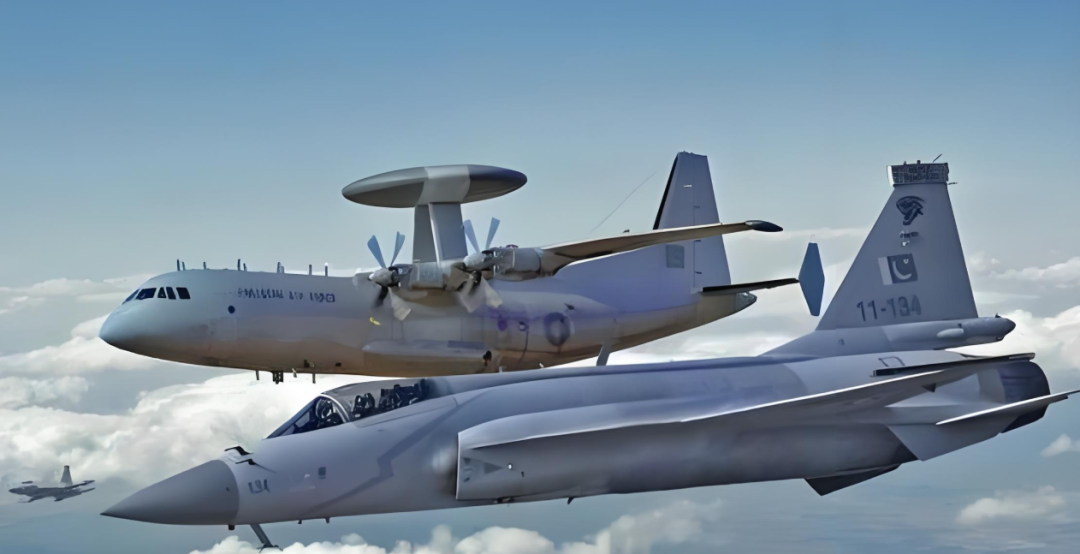 ▎The “5.7 Air Combat” has already shown that modern air combat is no longer a solo fight between fighters, but India seems to selectively ignore this fact.
▎The “5.7 Air Combat” has already shown that modern air combat is no longer a solo fight between fighters, but India seems to selectively ignore this fact.
From this perspective, even if India successfully develops or introduces stealth fighters in the future, if other supporting hardware and software do not keep up, it will severely affect its combat capabilities. For example, one of the typical combat modes of stealth fighters is to maintain radio silence, avoiding turning on onboard radar for active search to expose their own position, but instead collecting battlefield situation information through data links from nearby other fighters, early warning aircraft, and ground radars, ultimately achieving the effect of “stealthy engagement and quick withdrawal”.
 ▎From the perspective of systematic combat, it is hard to imagine that the “Phalcon” early warning aircraft, which India has heavily invested in, is on a completely different level compared to Pakistan’s cost-effective ZDK-03.
▎From the perspective of systematic combat, it is hard to imagine that the “Phalcon” early warning aircraft, which India has heavily invested in, is on a completely different level compared to Pakistan’s cost-effective ZDK-03.
In fact, due to the complex sources of the Indian Air Force’s existing equipment, including French “Rafale” and “Mirage 2000” fighters, Russian Su-30MKI and MiG-29 fighters, and Israeli “Phalcon” early warning aircraft, there is no common battlefield data link among them. Experts believe that for the modern battlefield, the issue of the Indian Air Force’s fighters facing each other due to data link problems is the most urgent problem that needs to be solved.